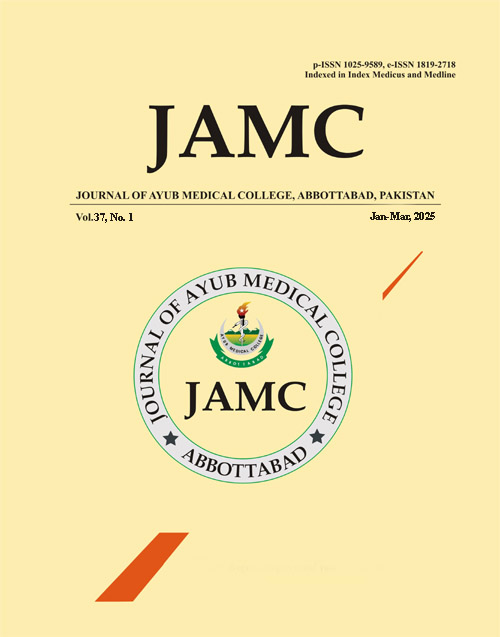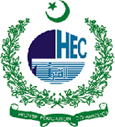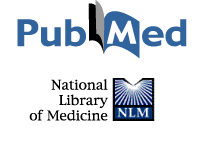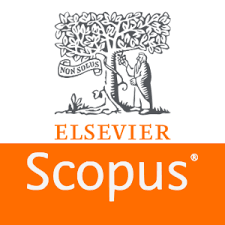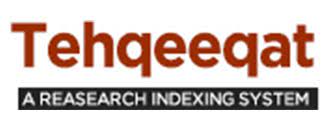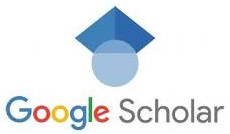EXPLORING THE LEARNING EXPERIENCE OF POSTGRADUATE MEDICAL RESIDENTS IN BEDSIDE CLINICAL SKILLS: A QUALITATIVE ANALYSIS.
DOI:
https://doi.org/10.55519/JAMC-02-14293Keywords:
Keywords: bedside clinical skills, learning experience, supervisor role, ward environment.Abstract
Background: Sir William Osler, a renowned physician, once said, “Medicine is learned by the bedside and not in the classroom. Let not your conceptions of disease come from the words heard in the lecture room or read from the book. See and then reason and compare and control. But see first”. Objective was to explore the learning experience of Postgraduate Medical Residents in Bedside Clinical Skills and identify the hurdles in good learning experience. Methods: This study was conducted in the Department of Medicine, medical teaching institute of Khyber Pakhtunkhwa in March 2025. The duration was till the saturation of data. The participants were inducted after taking informed consent and proper explanation of the objectives of the study. Induction was through purposive sampling for a focus group comprised of eight postgraduate medical residents from different years of residency. The data analysis was from the audio recordings of the focus group and were transcribed verbatim. From the transcribed data codes were identified to look for themes, sub-themes and individual quotes with in the data. Results: A focus group of eight postgraduate medical students, four male and four female along with a male PGR was part of the study. PGRs were from different years of training and were from the medical department. All participants appreciated the effectiveness of bedside clinical skill teaching. They unanimously agreed on the beneficial role of the supervisor in improving the learning experience. Our participants identified different barriers and suggested ways to overcome them. Overcrowded, hectic, and underequipped medical units are clear barriers to learning, and hospital administration has been identified as a mechanism for addressing this issue. Our participants were unsure regarding the impact of CPSP and PGMI in improving the overall learning experience for bedside clinical skills. Conclusion: Bedside clinical skills teaching by their supervisors as an effective tool to enhance their learning as well as decision making while interacting with the patients. Barriers of fear, overcrowding and poor medical resources are well accepted but with time they eased out by adaptation with the environment
References
1. Belkin BM, Neelon FA. The art of observation: William Osler and the method of Zadig. Ann Intern Med 1992:116(10);863–6.
2. Al-Swailmi FK, Khan IA, Mehmood Y, Al-Enazi SA, Alro-waili M, Al-Enazi MM. Students’ perspective of Bedside Teaching: A qualitative study. Pak J Med Sci 2016;32(2):351–5.
3. Malik FR, Khan F. Patients’ & students’ perspectives on bedside teaching: A descriptive study. Pak J Med Sci 2024;40(10):2384–9.
4. Celenza A, Rogers IR. Qualitative evaluation of a formal bedside clinical teaching programme in an emergency de-partment. Emerg Med J 2006;23:769–73.
5. Nisar S, Waqar SH. Barriers to Bedside Teaching: A Cross-Sectional Comparative Survey of Students and Faculty. Pak Armed Forces Med J 2024;74(5):1245–50.
6. Garibaldi BT, Russell SW. Strategies to improve bedside clinical skills teaching. Chest 2021;160(6):2187–95.
7. Peters M, Ten Cate O. Bedside teaching in medical educa-tion: a literature review. Perspect Med Educ 2014;3(2):76–88.
8. Yi MS, Yee KT, San SO, Bhagat V, Lwin S, Khaing MM. et al. Medical students perception, satisfaction and feedback about bedside teaching (BST). Res J Pharm Technol 2019;12(6):2724–9.
9. Jones P, Rai BP. The status of bedside teaching in the United Kingdom: the student perspective. Advances in medical edu-cation and practice. Adv Med Educ Pract 2015;6:421–9.
10. Kilminster S, Cottrell D, Grant J, Jolly B. AMEE Guide No. 27: Effective educational and clinical supervision. Med Teach 2007;29(1):2–19.
11. Gonzalo JD, Heist BS, Duffy BL, Dyrbye L, Fagan MJ, Ferenchick G, et al. Identifying and overcoming the barriers to bedside rounds: a multicenter qualitative study. Acad Med 2014;89(2):326–34.
12. Alweshahi Y, Harley D, Cook DA. Students’ perception of the characteristics of effective bedside teachers. Med Teach 2007;29(2-3):204–9.
13. Shehab A. Clinical Teachers' Opinions about Bedside-based Clinical Teaching. Sultan Qaboos Univ Med J 2013;13(1):121–6.
14. Gonzalo JD, Masters PA, Simons RJ, Chuang CH. Attending rounds and bedside case presentations: medical student and medicine resident experiences and attitudes. Teach Learn Med 2009;21(2):105–10.
15. Gonzalo JD, Heist BS, Duffy BL, Dyrbye L, Fagan MJ, Ferenchick G, et al. Content and timing of feedback and re-flection: a multi-center qualitative study of experienced bed-side teachers. BMC Med Educ 2014;14:1–10.
16. Wang Y. A comparative study on the effectiveness of tradi-tional and modern teaching methods. InProceedings of the 2022 5th International Conference on Humanities Education and Social Sciences. 2022; p.270–7.
Downloads
Published
How to Cite
Issue
Section
License
Copyright (c) 2025 Syed Yasir Hussain Gilani, Saima bibi, Ayesha Junaid, Junaid Sarfaraz Khan

This work is licensed under a Creative Commons Attribution-NoDerivatives 4.0 International License.
Journal of Ayub Medical College, Abbottabad is an OPEN ACCESS JOURNAL which means that all content is FREELY available without charge to all users whether registered with the journal or not. The work published by J Ayub Med Coll Abbottabad is licensed and distributed under the creative commons License CC BY ND Attribution-NoDerivs. Material printed in this journal is OPEN to access, and are FREE for use in academic and research work with proper citation. J Ayub Med Coll Abbottabad accepts only original material for publication with the understanding that except for abstracts, no part of the data has been published or will be submitted for publication elsewhere before appearing in J Ayub Med Coll Abbottabad. The Editorial Board of J Ayub Med Coll Abbottabad makes every effort to ensure the accuracy and authenticity of material printed in J Ayub Med Coll Abbottabad. However, conclusions and statements expressed are views of the authors and do not reflect the opinion/policy of J Ayub Med Coll Abbottabad or the Editorial Board.
USERS are allowed to read, download, copy, distribute, print, search, or link to the full texts of the articles, or use them for any other lawful purpose, without asking prior permission from the publisher or the author. This is in accordance with the BOAI definition of open access.
AUTHORS retain the rights of free downloading/unlimited e-print of full text and sharing/disseminating the article without any restriction, by any means including twitter, scholarly collaboration networks such as ResearchGate, Academia.eu, and social media sites such as Twitter, LinkedIn, Google Scholar and any other professional or academic networking site.

